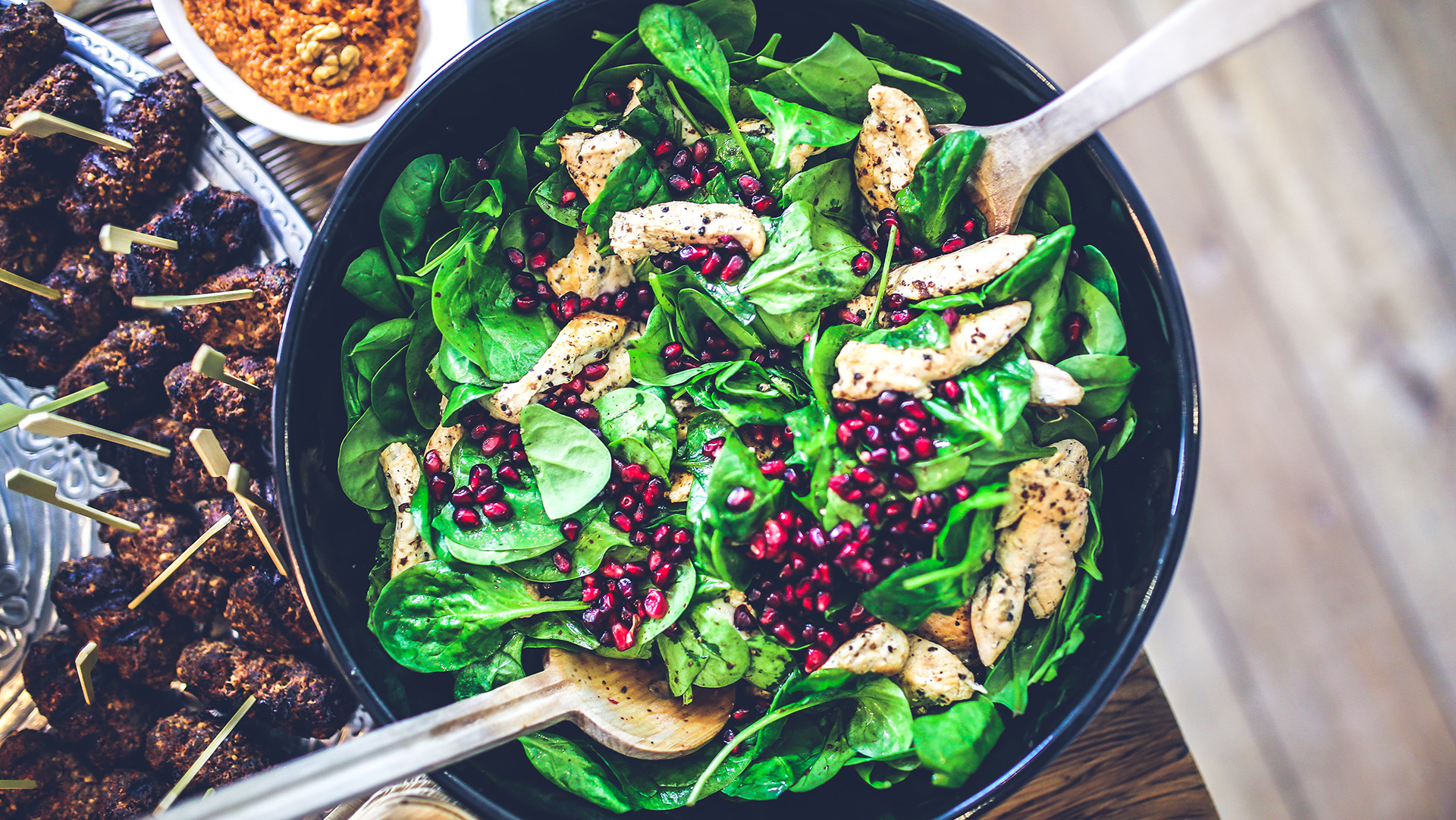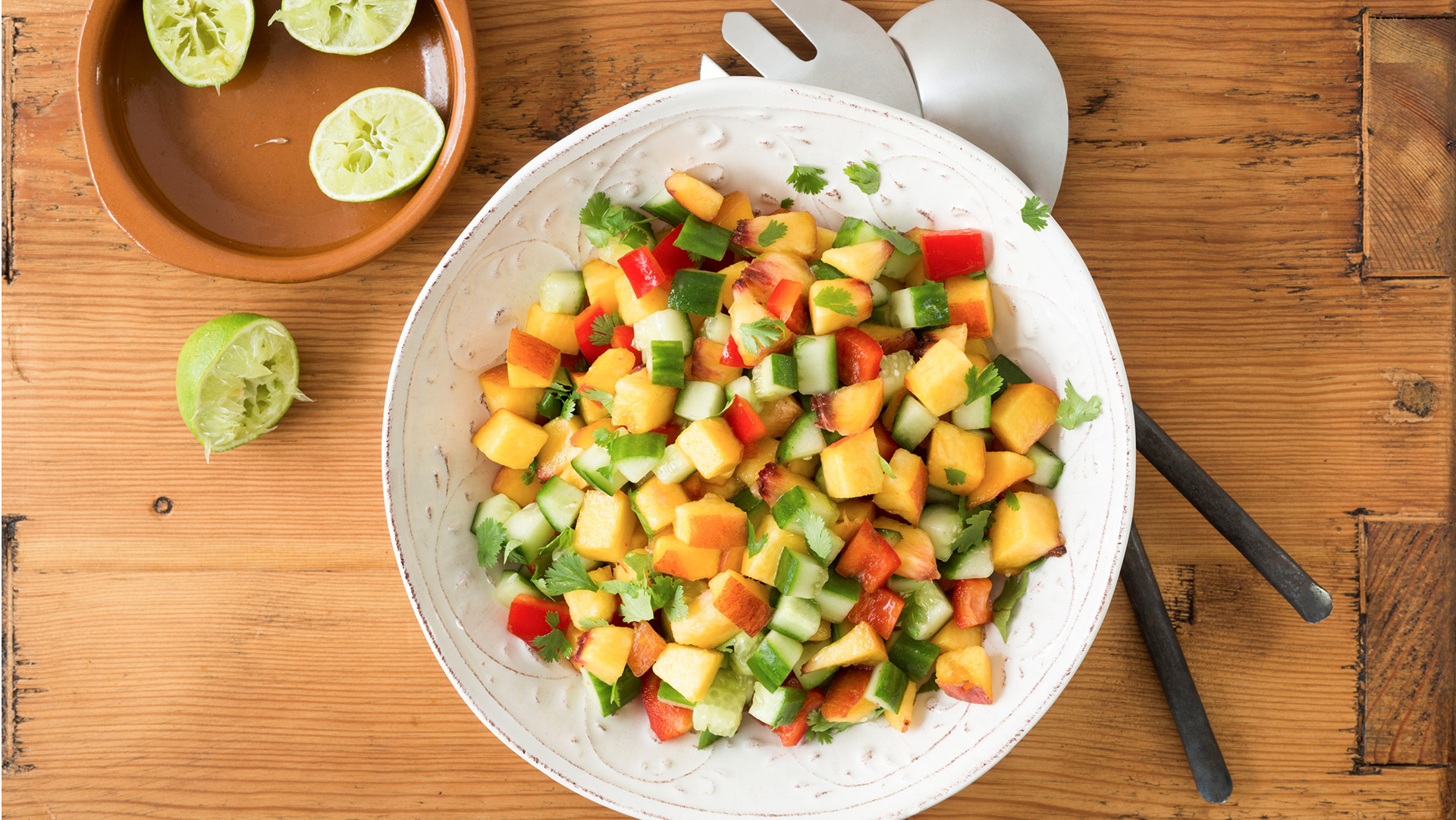-
A hormone called insulin is needed for transferring glucose from the bloodstream to enter the body cells and be converted to energy. In people with diabetes, blood glucose levels are often higher than normal because either the body does not produce insulin (type 1 diabetes) or cannot use insulin properly (type 2 diabetes).
Gestational diabetes occurs in around 12-14% of all pregnant women in Australia, usually occurring between 24 and 28 weeks of pregnancy. The hormonal changes of pregnancy combined with a predisposition for poor insulin production or utilisation results in increased blood glucose levels in the mother and the baby.
For most women with gestational diabetes, the diabetes will disappear after the baby is born. However, some women who have gestational diabetes go on to develop type 2 diabetes later in life.
Type 2 diabetes is on the rise, yet most cases are preventable with healthy lifestyle changes. Taking steps to prevent and control diabetes doesn’t mean living in deprivation – it means eating a tasty, balanced diet that will also boost your energy and improve your mood. A diabetes diet simply translates into eating a variety of nutritious foods in moderate amounts and sticking to regular mealtimes.
"Taking steps to prevent and control diabetes doesn’t mean living in deprivation – it means eating a tasty, balanced diet that will also boost your energy and improve your mood."
Food principles for controlling diabetes
Food principles for diabetes management

-
Sign up to our weekly newsletter and receive useful health tips and insights, expert advice, offers and promotions straight to your inbox. Receive the Eat Clean recipe book FREE with 20 recipes to get you started on your healthy eating journey.
Healthy carbohydrates
During digestion, sugars (simple carbohydrates) and starches (complex carbohydrates) break down into blood glucose. Focus on the healthiest carbohydrates, such as fruits, vegetables, whole grains, legumes (beans, peas and lentils) and low-fat dairy products.
Fibre-rich foods
Dietary fibre includes all parts of plant foods that your body can't digest or absorb. Fibre can decrease your risk of heart disease and help control blood sugar levels. Foods high in fibre include vegetables, fruits, nuts, legumes (beans, peas and lentils), whole-wheat flour and wheat bran.
Heart-healthy fish
Fish can be a good alternative to high-fat meats. Fish such as salmon, mackerel, tuna and sardines are rich in omega-3 fatty acids, which promote heart health by lowering blood fats called triglycerides.
'Good' fats
Foods containing monounsaturated and polyunsaturated fats such as avocados, almonds, pecans, walnuts, olives, and canola, olive and peanut oil can help lower your cholesterol levels. Eat them sparingly, however, as all fats are high in calories.
Counting carbohydrates
Because carbohydrates break down into glucose, they have the greatest impact on your blood glucose level. It's important to make sure your timing and amount of carbohydrates are the same each day, especially if you take diabetes medications or insulin. Otherwise, your blood glucose level may fluctuate more.
Portion plate
A good way to make sure you get all the nutrients you need during meals is to use the plate method or portion plate. This is a visual food guide that helps you choose the best types and right amounts of food to eat. It encourages larger portions of non-starchy vegetables (half the plate) and moderate portions of protein (one quarter of the plate) and starch (one quarter of the plate).
A dietitian can teach you how to measure food portions and become an educated reader of food labels, paying special attention to serving size and carbohydrate content. If you're taking insulin, he or she can teach you how to count the amount of carbohydrates in each meal or snack accordingly.
-
Is sharing a meal the secret ingredient to a happier life?
Why social connection may be the most important ingredient on your plate.
-
Chicken soup with parmesan, rice, peas and lemon recipe
Nourishing chicken soup
-
The best immunity-boosting foods
Key nutrients to focus on that could help to boost your immunity, and the how to get them.
-
Comforting chicken noodle soup
Packed with anti-inflammatory ingredients including leek, garlic and ginger, this chicken noodle soup is hearty, full of goodness and great for any night of the week.
-
Peach salsa recipe
Zesty and unusual peach salsa recipe
-
Pineapple gingerbread crumble recipe
A summer riff on a winter classic.
Subscribe to receive the best from Live Better every week. Healthy recipes, exercise tips and activities, offers and promotions – everything to help you eat, move and feel better.
By clicking sign up I understand and agree to Medibank's privacy policy






